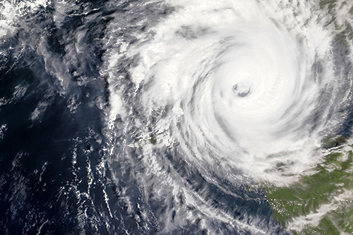Water, Sanitation, & Hygiene-related Emergencies & and Outbreaks
Water, sanitation, and hygiene (WASH)-related emergency preparedness and outbreak response has become one of the most significant and crucial public health issues in recent history. Emergencies can include natural disasters (for example, hurricanes, floods, and droughts), man-made disasters (for example, chemical spills into waterways), and outbreaks (for example, infections linked to water exposure after a disaster). Preparedness resources include preparedness toolkits, preparedness training, and directions for emergency disinfection of water. Having clean and safe water in an emergency situation to meet drinking, sanitation, and hygiene needs is essential for every person.
For a complete list of natural disasters and how to prepare and respond to them, please visit CDC’s Natural Disasters and Severe Weather page.
Having clean and safe water in an emergency situation is essential. Here are things to store when creating an emergency water supply kit for your family:
- At least 1 gallon (16 cups) of water per day for each person and each pet. You should consider storing more water than this for hot climates, pregnant women, and persons who are sick.
- A 3-day supply of water for each person and each pet. Try to store a 2-week supply, if possible.
- A bottle of unscented liquid household chlorine bleach (label should say it contains between 5-6% and 8.25% of sodium hypochlorite) to disinfect your water, if necessary, and to use for general cleaning and sanitizing.
- A medicine dropper for measuring the correct amount of bleach.
- Liquid hand soap for handwashing.
- Moist towelettes, garbage bags, and plastic ties for personal sanitation.
- Toothbrush, toothpaste, feminine hygiene products, and other personal hygiene items.
For more information, see Emergency Water Supply Preparation.
Get tips on how to keep you and your loved ones safe before, during, and after the storm.
Get Email Updates
To receive a monthly update highlighting our recent work to prevent infectious disease, enter your email address:













